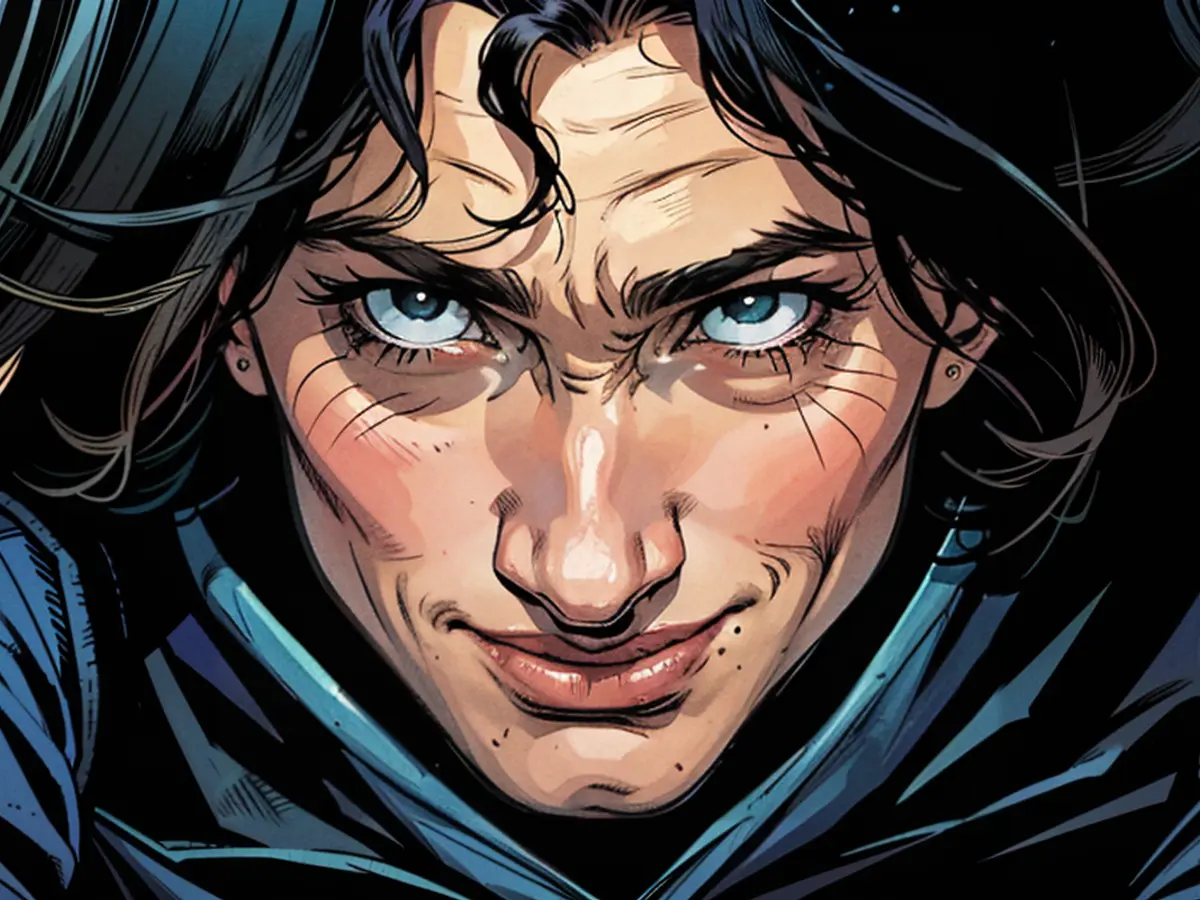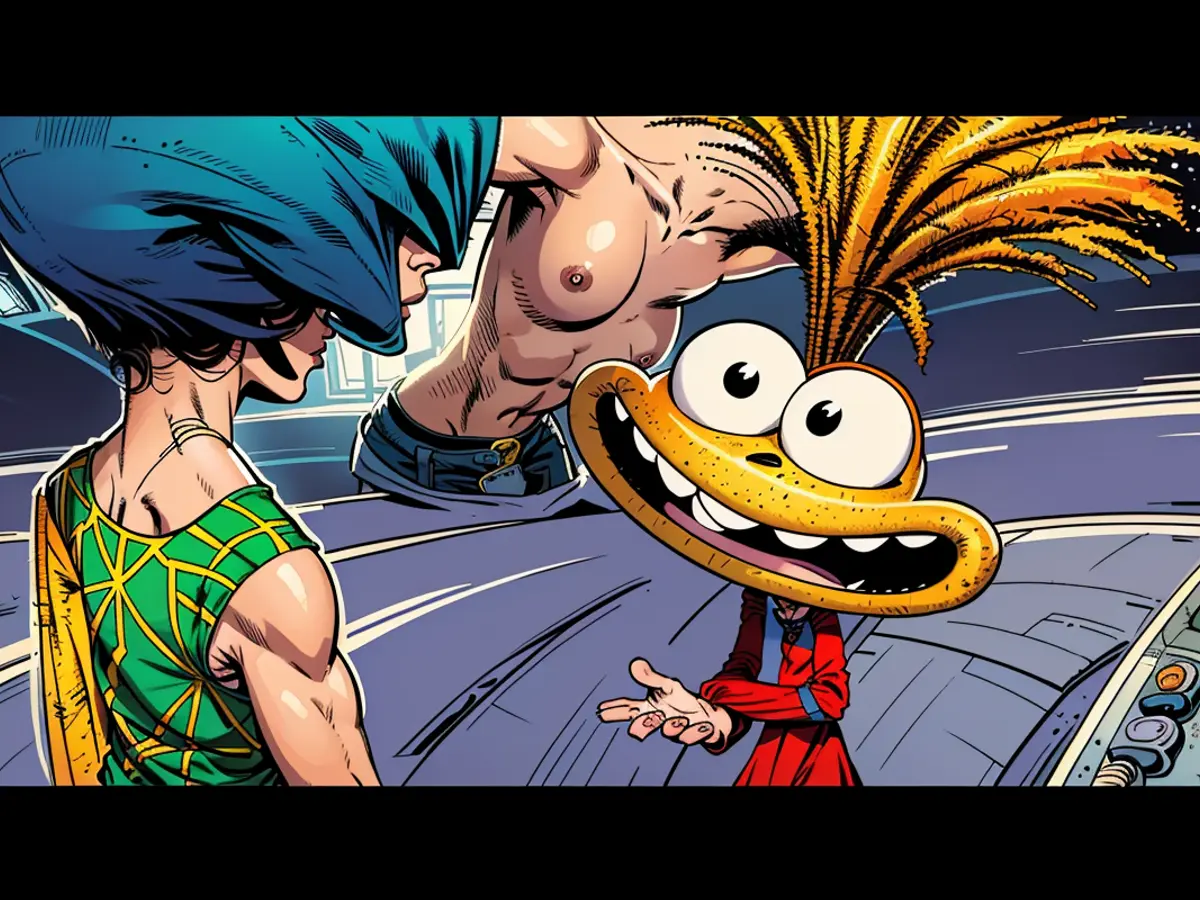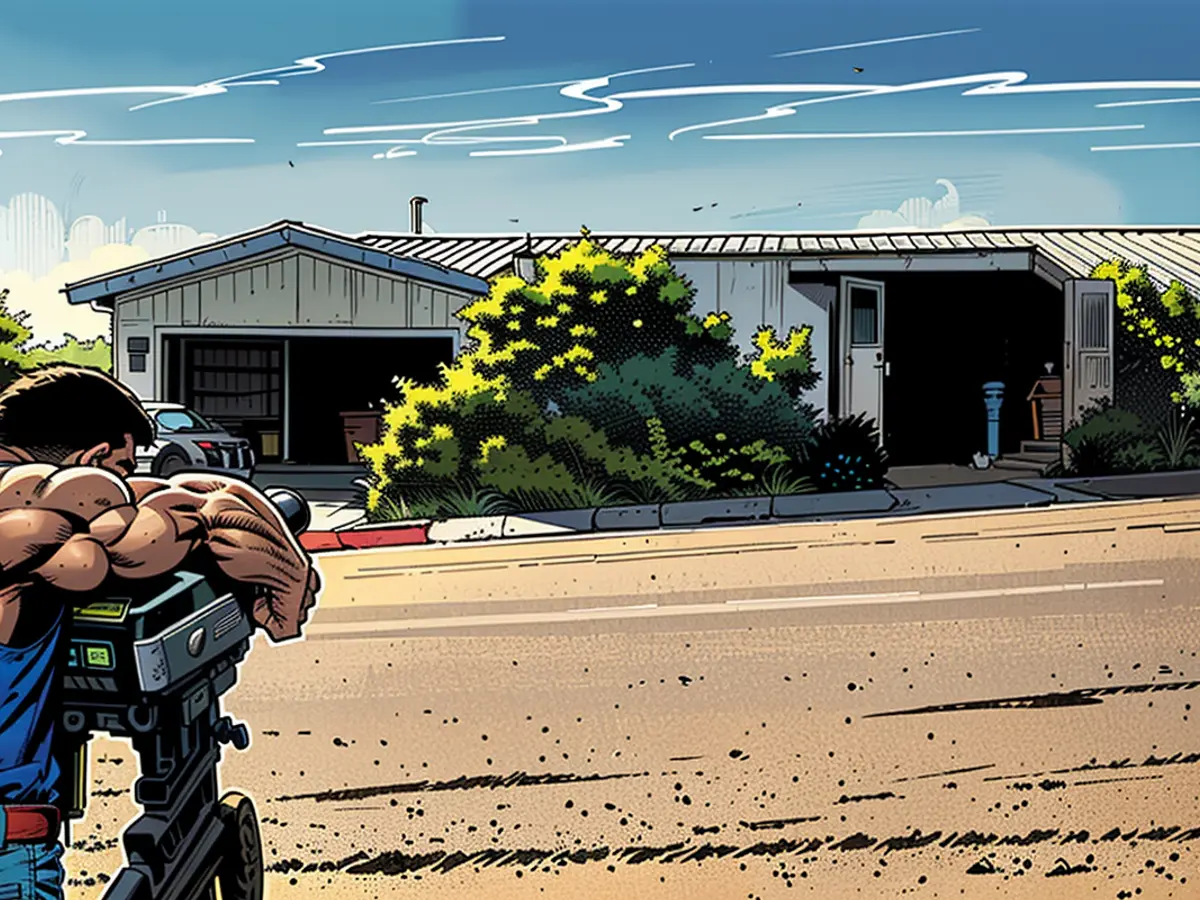Perspective: The Anxiety in "Inside Out 2" Resonates with Me on an Emotional Level
Many individuals who experience a high level of worry would likely agree that anxiety isn't much fun. However, I believe anxiety isn't an evil emotion. This is evident in "Inside Out 2" as it portrays its anxious antagonist as having a heart and some positive qualities while in a flustered state.
Going back a little, "Inside Out," released in 2015, introduced us to Riley (voiced by Kaitlyn Dias), an 11-year-old girl who had just moved from Minnesota to San Francisco. Riley's actions are controlled by her five emotions: Joy, Fear, Anger, Disgust, and Sadness. Joy (played by Amy Poehler) is mostly in charge, but throughout the film, she learns that one can't always be happy – Sadness (voiced by Phyllis Smith) has a significant role in Riley's life, as well.
In "Inside Out 2," Riley (now voiced by Kensington Tallman) is 13 years old and faces a variety of discomforting emotions: Ennui, Embarrassment, Envy, Nostalgia, and, of course, Anxiety. The new crowd forces Riley's previous emotions to the back of her mind and assists her in navigating the challenges of hockey camp and the transition to freshman year. With the result? Chaos, like in adolescence itself.
Although my wife has suggested I see a doctor for my anxiety and thus have no official diagnosis, several of Riley's anxious experiences resonate with me. One such familiar aspect is that anxiety can be advantageous – it does predict possible pitfalls and outlines ways to overcome them. As a freelance writer, having no direct supervisor, anxiety assists me in constantly pitching to new editors and ensuring I meet deadlines.
However, the downside is when the anxiety persists, leaving one unable to silence it. You find yourself waking up at unreasonable hours to double-check an email, and then, after that, perhaps you might as well just write the essay due tomorrow... and then, you're occupied with another essay... and by the time it's 9 am, you're wide awake but have had no sleep, leaving your spouse with the suggestion that you should seek assistance in controlling your anxiety.
In the movie, Riley imagines failing at hockey in multiple scenarios. Then, held captive by crazy, orange-mouthed anxiety, she spends hours on the ice practicing.
Anxiety isn't solely responsible for stealing Riley's sleep. Anxiety serves as the antagonist in "Inside Out 2" as it separates Riley from her core self. Before Anxiety's intervention, Riley was self-assured, kind, loyal to her friends, and an overall good person.
However, anxiety changes Riley's character. She's stuck in a sea of self-doubt and uncertainty about herself and her relationships. As a result, she turns her back on her friends to be more liked by others. Her happiness vanishes, and she really doesn't know who she is. This makes her unpredictable, unpleasant, and even potentially harmful to others. "Inside Out 2" is a gentle film, so no one is significantly injured, but there is a suggestion that Riley's anxiety may lead her to lose control on the ice, putting others at risk.
Research has found a connection between anxiety and aggression in teenagers. Although I'm no longer a teenager, I recognize that when I'm under high pressure, I can become prickly and snap at those around me (not great company when driving). When under stress, the stretched rubber band can flick off and tap people randomly. Not an ideal outcome.
Furthermore, anxiety and aggression aren't always intertwined. In my experience, anxiety is often a form of caring. When I'm worried, it's from concern about my loved ones. The movie's main protagonist, Riley, is not a parent. Nevertheless, her emotions are significant. They form part of her. But they're also akin to caregivers. Joy, particularly, plays a motherly role, and her motherly instincts show in her anxious behavior as she worries when Riley remembers negative moments and tries to encourage her to forget and suppress the memories. This is not a healthy approach, the film clarifies.
Worry holds Riley back from reaching her full potential. However, there's a unique aspect to this worry—it's not entirely villainous. In fact, it behaves like a concerned parent for Riley. Anxiety's intense focus and dedication impart certain insights that Joy does not possess. Preoccupation with the worst-case scenarios can help one steer clear of some of those unfortunate outcomes. Frequently, we need to sit and emotionally grapple with insecurities, unhappiness, and self-doubt so we're not caught off guard when they suddenly surface, which they undoubtedly will.
I'm not fond of my anxiety, especially a sudden panic in the midst of writing this, which would've been more convenient if only I could've retreated to bed earlier. Nonetheless, I'm convinced that Riley's apprehension has been a driving force behind her endless efforts, right up until the finish line.
Just like Riley, we can learn to coexist with our anxiety instead of being consumed by it. Being anxious about being anxious may be the optimal state for dealing with the uneasiness. Sometimes, these disturbing emotions might not be as uncomfortable as they seem.

Read also:
In discussing the portrayal of anxiety in "Inside Out 2," I can relate to Riley's experiences, as anxiety often serves as a predictor of potential pitfalls and aids in overcoming them in my own life. Furthermore, the movie highlights how anxiety can transform one's character, leading to self-doubt and uncertainty, which I have also encountered.
Despite the beneficial aspects of anxiety, it can become overwhelming and hinder sleep, causing one to worry excessively and thus impacting daily life significantly. Similarly, Riley in the movie struggles to silence her anxiety, leading to sleepless nights and a changed personality.







